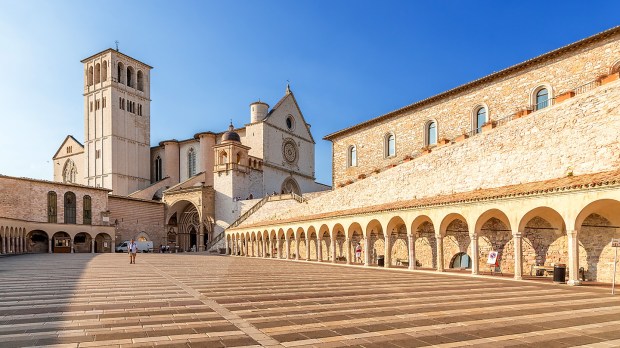As the world continues to grapple with the COVID-19 pandemic, one might think back to another time when viral infections were the source of widespread fear. Until the 1950s, there was no vaccine for polio, and it’s said that the disease was the second-biggest source of worry after the atomic bomb.
Jonas Salk was the hero of the day when his polio vaccine was finally ready for widespread use in 1955.
The vaccine for paralytic poliomyelitis didn’t come about overnight, of course. It took years of hard work, study, experiments, lab tests on animals, and human trials. “Salk worked 16 hours a day, seven days a week, for years,” wrote Dennis Denenberg, author of 50 American Heroes Every Kid Should Meet.
But once the vaccine began to be widely administered, leading to a dramatic drop in the incidence of polio, Salk was regarded as a “miracle worker.” In fact, the vaccine’s development was not without some kind of divine inspiration. That came, as is so often the case, when he pulled himself away from his work.
“Despite all his effort, Salk was stuck. His quest for a polio vaccine was meeting a dead end at every turn,” writes author James Clear at his blog. “Eventually, he decided that he needed a break. Salk left the laboratory and retreated to the quiet hills of central Italy, where he stayed at a 13th-century Franciscan monastery known as the Basilica of San Francesco d’Assisi.”
It was here in Assisi, surrounded by beautiful art and architecture, that Salk received his inspiration. “The spirituality of the architecture there was so inspiring that I was able to do intuitive thinking far beyond any I had done in the past,” Salk himself recounted. “Under the influence of that historic place I intuitively designed the research that I felt would result in a vaccine for polio. I returned to my laboratory in Pittsburgh to validate my concepts and found that they were correct.”
Clear wonders whether inspiration just happened to strike the scientist while he was at the monastery or if he was right in assuming that the environment impacted his thinking.
For the millions of children who could have gotten polio and didn’t, it doesn’t really matter. And today, as the world anxiously hopes for a panacea for COVID, some scientists are warning about a rush to produce poorly-tested vaccines. Perhaps some of them will find inspiration in a place where they can calm their minds for a while and allow the light of the Holy Spirit to help them see what they might yet be missing.

